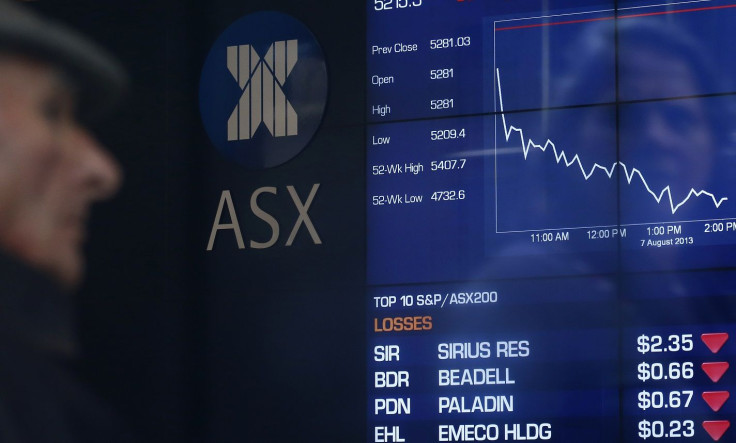Global Markets Overview - Dec. 3, 2015

US data adds to NFP expectations
After the US ISM PMI slipped into contractionary territory yesterday some doubt was cast over the inevitability of a December Fed rate hike. However, the ADP employment out overnight seems to have calmed these fears. Although not a good lead for the all-important non-farm payrolls (NFP) data due on Friday , ADP employment still beat the expected 190,000 addition of new jobs to add 217,000 new jobs.
Alongside this US Q3 productivity growth was revised up to 2.2%, and even more significantly compensation per hour saw a large upward revision as well. Following the revision, unit labour costs have now risen 3% from the previous year, greatly adding to hopes that the increase in jobs and wages will lead to a natural rise in the US inflation rate. Indeed, with US core inflation tracking steadily at 1.9% year-on-year growth, it would not be unthinkable to see this rise to 2% in 2016 in line with the Fed’s desired inflation target. Janet Yellen in her remarks overnight also restated her concerns that if a rate hike were delayed too long there was a real risk of inflation overshoot, which would result in a much faster pace of rate hikes quite possibly resulting in a recession.
Given this positive data ahead of tomorrow’s NFP number, the WIRP bond market probability for a December rate hike rose from yesterday’s 70% back up to 74%. This similarly led to a 0.22% rally in the DXY dollar index, retracing much of yesterday’s losses. The Aussie and Kiwi dollars both fell against the USD, with the British pound saw the biggest drop of the G10 currencies losing 0.9%. The rising likelihood a Fed rate hike saw gold plumb new lows as it dropped 1.3% to its lowest level since February 2010.
The strong dollar was no help to commodity prices overnight, but none more so than oil. The EIA weekly data dump prompted a 4.4% decline in the WTI oil price. The EIA reported that oil inventories increased by another 1.17 million barrels from the previous week, its tenth straight week of increases. This figure, alongside the exceedingly low expectations for any constructive agreement to come out of tomorrow’s OPEC meeting in Vienna seems to have really driven down the price of oil. Saudi Arabia, Iraq and Russia are still producing oil at record rates and there is little hope that this meeting will convince them to cut back, particularly given that Russia is not a member of OPEC so would need to be dealt with separately.
Despite the Baker Hughes drill rig count in the US dropping precipitously, inventories still continue to increase indicating there is still room for more declines in the rig count. There is also little incentive for the big OPEC producers to cut back production until more of a drop in US shale output occurs. Particularly with the prospects for the end of sanctions on Iran that would see a large amount of Iranian supply hitting the markets next year.
ASX
The rise in the US dollar overnight and the big drop in oil prices does not bode well for the materials and energy sector on the ASX today. The 3.1% decline in the energy sector in the S&P 500 was a major drag on the index overnight. Currently we are calling for the index to open down 0.6% at 5230. The key decider for the index today is whether the strong demand seen for the high-yielding large caps (the Big Four and Telstra) holds up again. Strong buying of financials could help stem the decline from what will inevitably be a difficult day for commodity-related stocks.
ANGUS NICHOLSON
Market Analyst
IG, Level 15, 55 Collins street, Melbourne VIC 3000
D: +610398601747 | T: +61398601711www.ig.com
[Kick off your trading day with our newsletter]
More from IBT Markets:
Follow us on Facebook
Follow us on Twitter
Subscribe to get this delivered to your inbox daily






